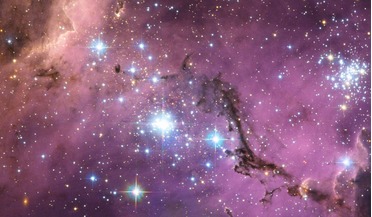 26 April 2019
As mystery of the Universe’s expansion rate widens, a simple solution is offered
26 April 2019
As mystery of the Universe’s expansion rate widens, a simple solution is offered
...the same type of object but utilises a different method to calculate the Hubble Constant. Instead of observing one Cepheid at a time with NASA’s Hubble Space Telescope as it makes its 90-minute orbit around Earth, a team of scientists including Nobel...
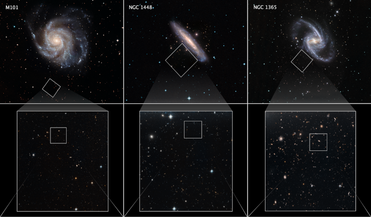 17 July 2019
New measurement deepens mystery of Universe’s expansion rate
17 July 2019
New measurement deepens mystery of Universe’s expansion rate
... of the Universe in order to explain it. These galaxies are selected from a Hubble Space Telescope program to measure the expansion rate of the universe, called the Hubble constant. The value is calculated by comparing the galaxies' distances to the...
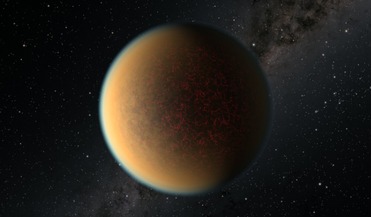 12 March 2021
Scientists find a rocky exoplanet rebuilding its atmosphere
12 March 2021
Scientists find a rocky exoplanet rebuilding its atmosphere
... Swain of the Jet Propulsion Laboratory, decided to point the NASA/ESA Hubble Space Telescope at the exoplanet instead. To the team’s surprise, observations with Hubble picked up spectral signs of hydrogen cyanide (HCN), methane, and an aerosol haze...
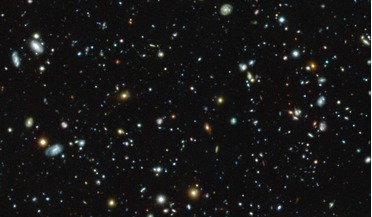 29 November 2017
Deepest spectroscopic survey completed of the Hubble Ultra Deep Field
29 November 2017
Deepest spectroscopic survey completed of the Hubble Ultra Deep Field
...over 13 years ago) pioneering deep-field observations taken with the NASA/ESA Hubble Space Telescope. And since then, 13 instruments on eight telescopes have observed the field covering nearly the complete electromagnetic spectrum from X-ray to radio...
 12 July 2019
Hubble uncovers black hole that shouldn't exist
12 July 2019
Hubble uncovers black hole that shouldn't exist
... Tre in Italy. In order to study the matter swirling deep inside this disc, the researchers used the Hubble Space Telescope Imaging Spectrograph (STIS) instrument. This diagnostic tool divides the light from an object into its many...
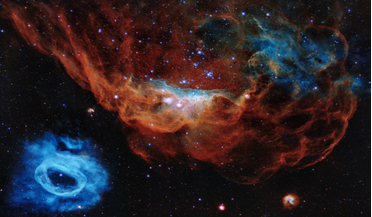 28 April 2020
Hubble turns 30!
28 April 2020
Hubble turns 30!
...Webb Space Telescope. The Hubble Space Telescope is a project of international cooperation between NASA and ESA (the European Space Agency). NASA's Goddard Space Flight Center in Greenbelt, Maryland, manages the telescope. The Space Telescope Science...